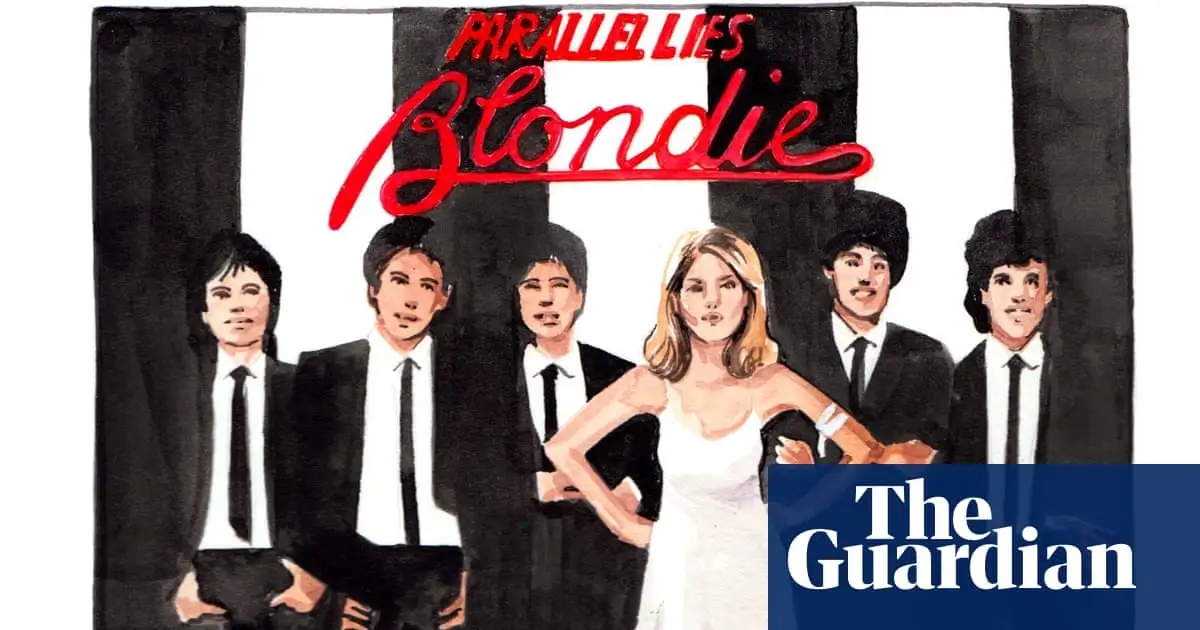Following the illegal vinyl trade – and the work of the people trying to stop it – can be both fascinating and very strange. The stories it produces mix mundane law enforcement with the names of hugely famous musicians.
Four months ago, for example, I learned of a new investigation called Operation Typhoon, which was initially focused on a city in the Midlands. No one involved could say much about it, but parts of the story seemed familiar: the involvement of both the police and local trading standards officers, more records by Frank Ocean, and bone-dry announcements of each new discovery. “Intelligence will be shared with all the relevant parties, nationally and internationally,” said one official statement, “to locate the source of manufacture so that further action can be taken.”
All I knew at first was that 529 records had been seized after a visit to another online business, and put into thick, clear polythene sacks, ready for forensic analysis. But then, early in the morning of 20 February, there was an apparent breakthrough.
The latest raid had been carried out by the City of London police on “a three-storey industrial unit in west London”. What had been discovered included 5,000 albums (along with “inlay sleeves” and “disc centre labels”), by such artists as Kanye West and Drake, as well as old-school rappers De La Soul and Eric B & Rakim. The accompanying police statement said that the total street value of what had been seized was estimated at £1m. One man had been arrested, and then released under investigation.
Illicit vinyl has been in circulation for as long as records themselves, but they last reached a peak of production between the mid-1960s and late-70s (circa 1964, counterfeit versions of the million-selling American album Introducing … the Beatles were reckoned to have outsold the official edition by three to one). Then, as now, what was produced often followed a predictable pattern: if an album by a successful artist was in short supply, ideally to the point of being considered collectible, then piracy would fill the gap.
…
In the UK, British Phonographic Industry (BPI), the umbrella group that speaks for record labels, employs a small team of people who monitor the illegal sale of music, and do their best to stamp it out. In BPI’s view, it is “a serious crime that denies artists the rewards for their creativity, exploits fans, and impacts legitimate retail and the record labels that invest in music”. It also points out that the trade in illicit records sometimes blurs into money laundering and drug dealing. Between 2020 and 2022, BPI says it removed 43,000 fake records from online marketplaces, with a crudely estimated value of £860,000: factor in the tens – or even hundreds – of thousands of albums that presumably went unspotted and you get a sense of the mushrooming shadow industry that is trying to tackle.
This is the best summary I could come up with:
Among the vast array of albums Hutter had been caught trading were blue vinyl copies of Nirvana’s Nevermind and a red edition of Guns N’ Roses’ Appetite for Destruction, as well as Pearl Jam’s Vitalogy, the Clash’s London Calling, and two records by AC/DC.
That story is usually reckoned to have begun with a collection of unreleased Bob Dylan recordings unofficially titled Great White Wonder, put out in July 1969 by two residents of Los Angeles whose operation was rather archly known as Trademark of Quality.
When I talk to two vinyl specialists from BPI’s content protection unit – I’ll call them David and Paul – they explain that because they spend some of their time quietly visiting shops and record fairs, they have to remain anonymous.
The complaint the council received was from someone who had used Vinyl Groove UK to buy the debut album by the 1970s rock band Bad Company, and then tried to contact Hutter about how shoddy their newly acquired copy had turned out to be.
Evans is a genial, matter-of-fact presence and music fan, whose last gig was Noel Gallagher’s High Flying Birds, and who works alongside a slightly older colleague called Martin Thursby.
They found vinyl versions of albums their company had released with obvious “inconsistencies”; once they got home, the investigation that led from that first episode in the Midlands to the raid on the property in west London began to take shape.
The original article contains 3,537 words, the summary contains 241 words. Saved 93%. I’m a bot and I’m open source!


